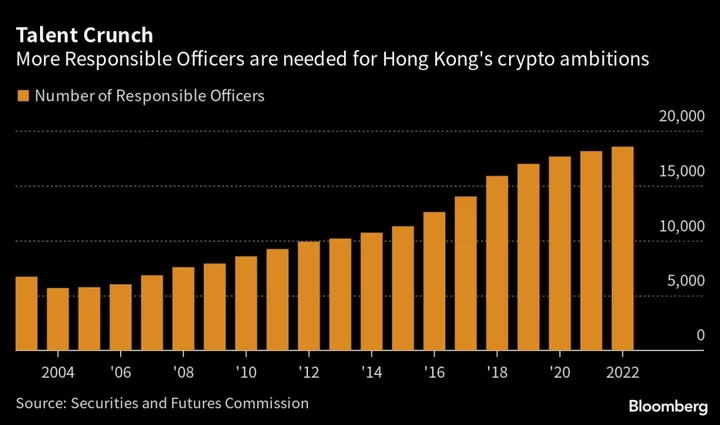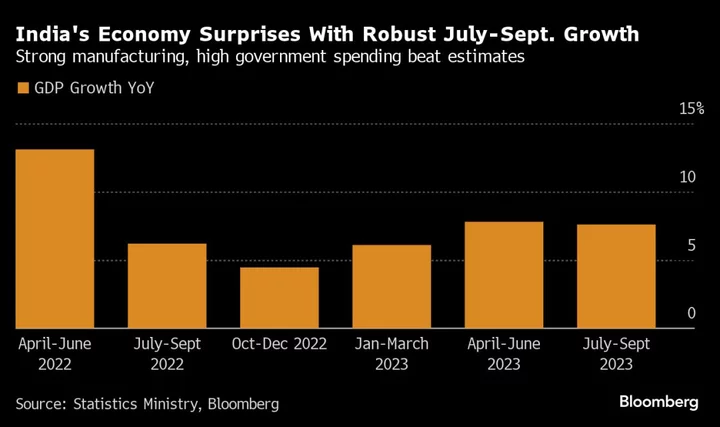UBS Group AG completed the acquisition of former rival Credit Suisse Group AG, sealing the biggest merger in banking since the 2008 financial crisis and creating a global wealth-management titan.
The Swiss bank announced the closing of the deal in an open letter in local and international newspapers on Monday. The takeover of Credit Suisse ends the lender’s 167-year independent existence.
The announcement caps more than two months of uncertainty for employees after UBS finalized negotiations with the Swiss government over a 9 billion Swiss franc ($10 billion) guarantee against potential losses on Credit Suisse assets. The deal sets UBS up for a windfall gain in the tens of billions of dollars and begins a period of complex integration likely to involve thousands of job cuts.
UBS agreed to take over Credit Suisse in March in an emergency sale brokered by the government, after a confidence crisis and a torrent of client outflows sent it hurtling toward bankruptcy. At the helm of the combined bank, UBS Chief Executive Officer Sergio Ermotti now faces the task of fusing two companies with significant overlap and deciding which activities to jettison.
An accord was signed on Friday in which the government agreed to cover losses on a specific portfolio of Credit Suisse assets, corresponding to about 3% of the merged banks’ combined assets, after an initial 5 billion is borne by the bank. While Ermotti has said it’s “exceptionally unlikely” that the guarantee will be needed, securing the state backing helps UBS maintain market confidence while it undergoes the transition.
The Swiss government backstop was necessary because UBS had little time to do due diligence and Credit Suisse has hard-to-value assets on its books that UBS plans to wind down. Now, UBS will have full access to Credit Suisse’s business, including clients and loan exposures, giving it the ability to make decisions on what else it plans to put in the wind-down unit.
Regulators are still determining what adjustments to liquidity and capital requirements and risk weighted asset measures the combined entity will need to make.
UBS has said it plans to cut risk at the investment bank and take control of the business Credit Suisse employees do with clients. In particular, UBS will be able to impose its own, much tighter risk tolerance and restrictions for specific types of loans and clients in tricky jurisdictions.
Ermotti has said that due to differences in risk appetite UBS may not take on all of Credit Suisse’s clients. Chairman Colm Kelleher has also said that employees will be viewed through a ‘culture filter’ to ensure they fit with UBS.
“We will never compromise on UBS’s strong culture, conservative risk approach or quality service,” the bank said in the open letter, signed by Kelleher and Ermotti. “Many are counting on us to make this acquisition work.”
UBS also has yet to make a decision on the future of the Swiss domestic business it acquired from Credit Suisse, a part of the lender that had been consistently profitable amid the turmoil elsewhere and had played a leading role in financing Swiss companies and households.
Originally, UBS planned to fully integrate the local unit but later backtracked, with Ermotti saying that all options were on the table, including sale or spinoff. UBS said it would make a decision in the third quarter of this year.
UBS has said it also plans to have detailed integration plans for each of the business units, as well as a defined plan for specific activities it will wind down in a non-core unit by the fourth quarter.
Credit Suisse’s demise was sealed in March after years of losses and management failures that ranged from a spying scandal under former CEO Tidjane Thiam to the multi-billion-dollar hit from the collapse of Archegos Capital Management in 2021. Two successive attempts to re-orient the lender ultimately came to nothing, as clients accelerated withdrawals of their funds late in 2022, and again early this year in the wake of the failure of Silicon Valley Bank.
(Adds context from fifth paragraph.)









